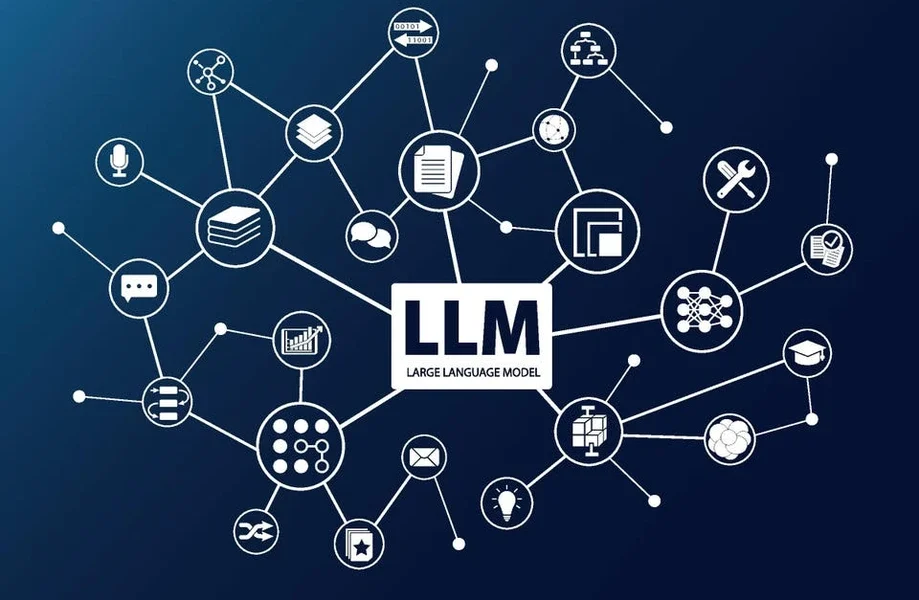Demystifying Data Preparation For LLM – A Strategic Guide For Leaders
With the rise of Large Language Models (LLMs) as the driving force of modern enterprises, the potential to increase corporate profits by up to $4.4 trillion demands clean, high-quality data for optimal functioning. This article offers strategic tactics to prepare data effectively for the age of generative AI.
The Importance of Data for Large Language Models
Large Language Models, such as GPT-4, have the capacity to revolutionize businesses by offering insights and enhancing productivity. Upholding the highest preparation standards is crucial for these systems to produce coherent, accurate, and relevant information, as they rely on clean and high-quality data.
Defining Data Requirements
The first step in building a well-functioning LLM is data ingestion, requiring the collection of massive unlabeled datasets for training. Defining the project’s requirements, such as the type of content expected to be generated, allows teams to choose the necessary data sources effectively.
Libraries like Trafilatura and specialized tools provide access to data sources, including Wikipedia and news posts, which are commonly utilized for general-purpose models like the GPT series.
Cleaning and Preparing the Data
Upon gathering the data, the next phase involves extensive cleaning and preparation. This includes the removal of duplicates, outliers, and irrelevant or broken data points, which can hinder the model’s output accuracy.
Various tools such as PyTorch, Sci Learn, and Data Flow aid in the process of cleaning and preparing a high-quality dataset for the model training pipeline.
Normalization of Data
After the cleansing process, the data needs to be transformed into a uniform format through normalization. This step reduces text dimensionality and facilitates easy comparison and analysis, enabling the model to treat each data point consistently.
Text processing packages and Natural Language Processing (NLP) techniques play a vital role in achieving data normalization.
Handling Categorical Data
Scraped datasets may contain categorical data, which needs to be converted into numerical values for effective preparation for language model training. Label encoding, one-hot encoding, and custom binary encoding are typical strategies for handling this type of data.
Ensuring the Removal of Personally Identifiable Information
While extensive data cleaning enhances model accuracy, it does not guarantee the absence of personally identifiable information (PII) in the generated results. Tools such as Presidio and Pii-Codex are utilized to remove or mask PII from the dataset, preventing privacy breaches and regulatory issues.
Focus on Tokenization
Large Language Models require clear, concise output using basic units of text or code called Tokens. It is recommended to employ word, character, or sub-word tokenization levels to adequately capture linguistic structures and obtain the best results.
Feature Engineering Importance
Feature engineering is essential for LLM development as it involves creating new features from raw data to facilitate accurate predictions. Techniques such as word embedding and neural networks play a crucial role in representing and extracting features for successful LLM development.
Accessibility of Data
Once the data is preprocessed and engineered, it should be stored in a format accessible to the large language models during training. Choosing between file systems or databases for data storage and maintaining structured or unstructured formats is vital for ensuring the model’s access to data at all stages.
Conclusion
In conclusion, the preparation of high-quality data is vital for the successful development, training, and deployment of Large Language Models. Following the strategic tactics outlined in this article can significantly enhance the performance and accuracy of LLMs, ultimately leading to insights and opportunities for organizational growth.
Source: forbes








No Comments